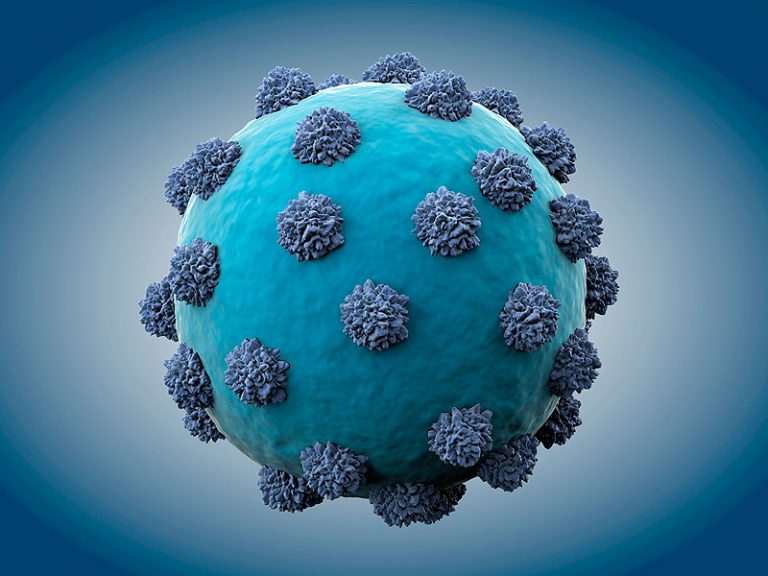
Cara Therapeutics, Inc. (NASDAQ:CARA) took a hit on Thursday on the back of some fresh trial related news.
Here’s what happened and what’s next.
This one is a classic data-driven biotechnology move and one that – unfortunately for the company and its shareholders – hasn’t gone as hoped.
The company is trying to get a drug called CR845 to market right now. It’s one of Cara’s lead development assets and data from a whole host of early stage studies has suggested that there could be a strong degree of clinical benefit in the right target indication.
The drug is what’s called a kappa opioid receptor agonist (KORA). Basically, we’ve got two types of nervous system in our bodies – the central nervous system (the CNS) and the peripheral nervous system. The former is associated with receptors in the brain and it’s this system that current standard of care pain medications (things like opioids) act on. The problem with this system and the drugs acting on it is that because the active compound of the drug crosses the blood-brain barrier, it induces certain psychological effects. Specifically, in the case of opioids, the drugs induce a euphoria type feeling, which is addictive. This addictive quality (or drawback, depending on which way you look at it) is the root of the opioid addiction epidemic that exists in the US right now.
The latter isn’t directly associated with the brain – at least not the emotional side of things – so it’s long been a target for novel development type drugs in a variety of pain management indications.
By developing a drug that acts on the peripheral system, as opposed to the CNS, Cara was attempting to get an asset on shelves that would offer patients and physicians an alternative to the addictive standard of care therapies. One that could relieve pain (through the agonizing of the above-noted kappa opioid receptors) but that didn’t cross the blood-brain barrier and, by proxy, didn’t bring about the addictive euphoria that opioids do.
That’s the theory, at least, and as mentioned, there’s a whole host of data that backs up the hypothesis.
So what just happened?
The trial in question was a phase IIb study investigating the safety and efficacy of Cara’s CR845 in patients with osteoarthritis (OA) of the knee or hip. Osteoarthritis, which is sometimes called degenerative joint disease or wear and tear arthritis, osteoarthritis (OA) is the most common chronic condition of the joints. It’s caused by the wearing down of the cartilage that cushions (for want of a better word) the knee joint. Reduced cartilage means reduced cushioning and reduced cushioning translates to pain. In many of these patients, the pain is severe and debilitating – especially at the later stages of the condition.
In the hip version of the disease, the root of the problem is exactly the same, but it’s the hip joint that loses cartilage as opposed to that of the knee. It’s equally as painful (if not more so) and will often necessitate a new hip once it reaches a certain stage.
Current SOCs outside of opioids include steroid injections but, again, these bring with them a host of unwanted side effects. In other words, a patient suffering from these conditions has two choices – steroids or an addictive opioid.
So that’s where Cara comes in – what did the trial tell us?
Well, basically, the drug did not perform well at all.
The company noted that all patients (OA of the knee or hip) maintained on the 5.0 mg dose to the end of the eight-week treatment period exhibited a 35% reduction in mean joint pain score (p=0.111 vs. placebo). Patients maintained on the 1.0 mg and 2.5 mg tablet strengths did not exhibit significant reductions in mean joint pain scores compared to placebo.
So the higher dose registered an improvement but the improvement wasn’t statistically significant, while the lower doses didn’t result in any improvement at all.
What’s next?
We have covered this asset in the past and we think there’s some strength in it. Of course, this recent data is a disappointment, but it doesn’t necessarily translate to the end of the road in this indication or others.
We’re waiting for official comment from management to form a near-term bias, and we will update as and when we get any fresh input to that aim.




